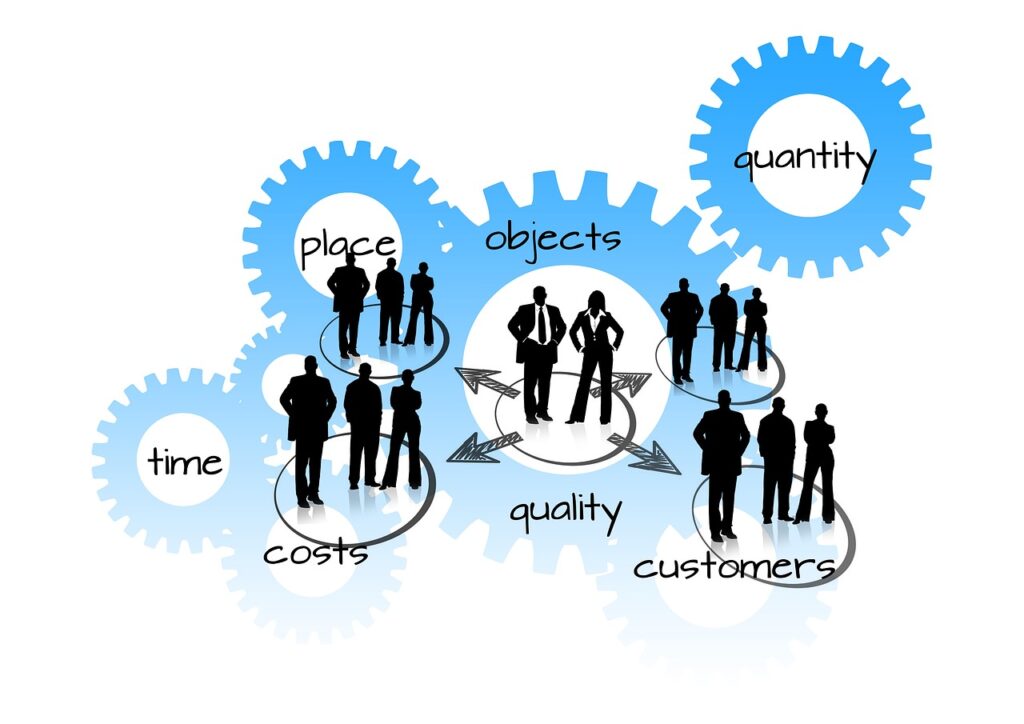Video localisation projects usually start with a clear goal: You need to localise a campaign, you’re launching in two new markets, your training videos need subtitles by next month.
The scope seems manageable. The files are ready. But somewhere between kickoff and delivery, things get stuck. And it’s not always obvious why.
Why do projects stall?
Over the last months, we’ve worked on several A/V localisation projects. Across industries, client sizes, and content types, we’ve seen the same handful of issues quietly creep in:
- Missing or inconsistent source materials
(Partial scripts, outdated video versions, no reference files) - Unclear timelines or shifting priorities
(“We need it by next week” becomes “Actually, we need to redo the voiceover”) - Assumptions about file compatibility
(“It’s just a subtitle, right?” — until you realize the format isn’t supported) - Fragmented communication
(Multiple teams involved, but no central overview)
These aren’t mistakes. They’re normal growing pains, especially when video localisation becomes more frequent or complex.
What leeps things moving
The most effective teams we work with do one thing well: they prepare for localisation, not just production.

That means thinking about things like:
- Is the script finalized before translation begins?
- Are timecodes and naming conventions consistent across episodes?
- Are voiceover and subtitle teams working from the same master file?
- Has someone validated the export format (e.g. SRT, TTML, WebVTT)?
At PRESTO, we often step in not just as service providers but as workflow partners. We map out each step-in advance, flag potential blockers, and coordinate with the right stakeholders on the client side.
A Quick Test: Are you set up for smooth delivery?
- Do your teams know who owns what in the localisation workflow?
- Is the content ready to be localised, or still evolving?
- Are you relying on last-minute fixes more than you’d like?
If your projects are starting to feel more complex than expected, that’s not unusual. There are ways to simplify. Sometimes, a few smart changes upfront can save hours (or days) later.
Our team will be happy to help you with this.
